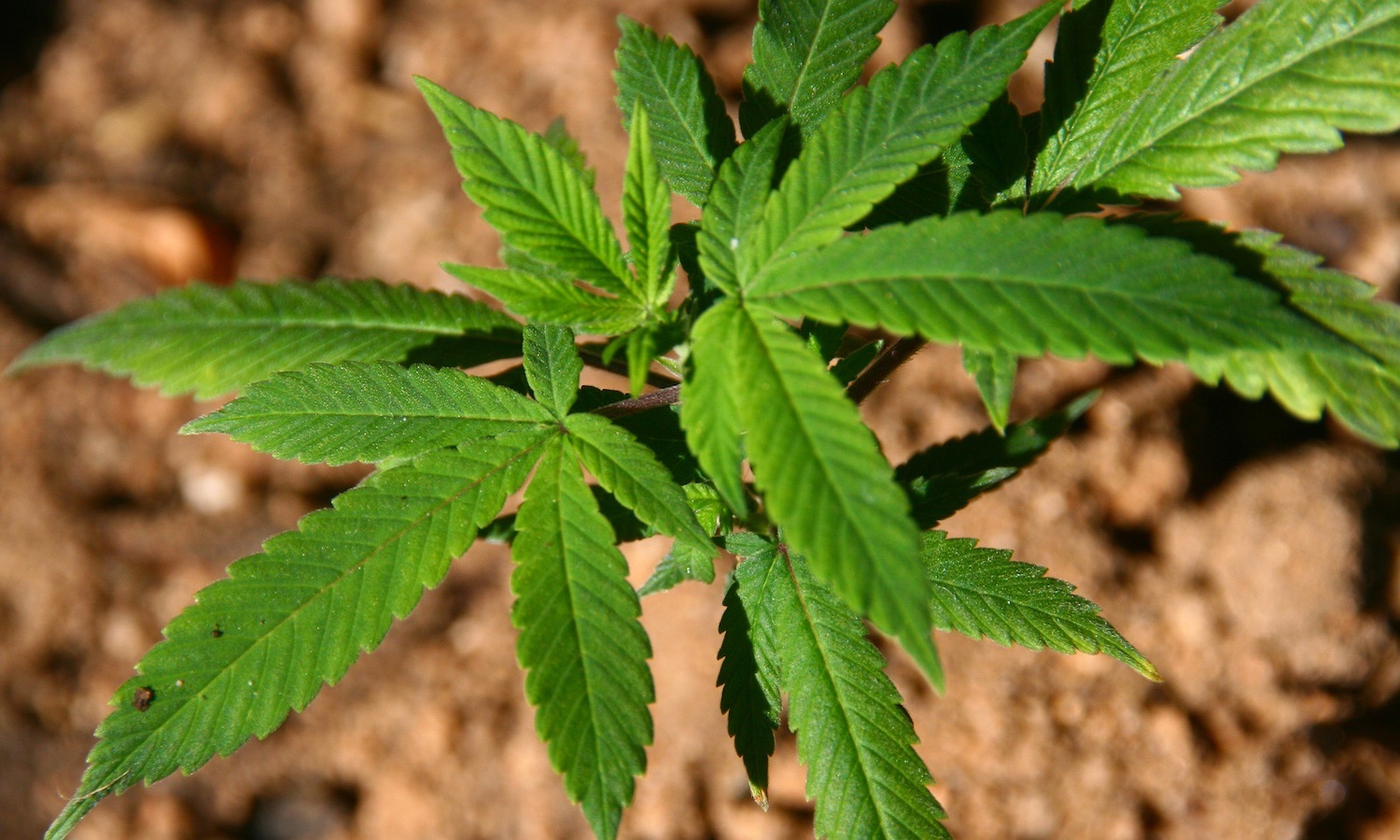Hemp farmers in the United States will have access to crop insurance for the first time starting in 2020.
Following the passage of the 2018 Farm Bill, which cleared the way for states to issue permits to qualified farms to produce industrial hemp, the United States Department of Agriculture (USDA) issued its official rule in October 2019 on the eligibility to grow and obtain insurance. Now, hemp growers have the opportunity to include their hemp crops under Whole-Farm Revenue Protection (WFRP) as insurance against major disasters and total loss.
WFRP is only the first step in creating access to hemp crop insurance, according to the USDA. The Risk Management Agency (RMA) is actively investigating other potential insurance options for future growing seasons, including multi-peril coverage. There is no set timeline on providing new insurance options because USDA did not collect acreage data during its 2019 limited trial period. Without adequate data to rate production losses or assess hemp pricing, RMA cannot further develop the hemp crop insurance program.
The rollout for hemp crop insurance has been met with a tepid response across the industry. Farmers would like to access insurance if they could, but WFRP is not a viable option for many hemp farmers. WFRP payouts are based on whichever is lower: the next year’s projected revenue or the average of the previous five years’ income. For smaller farms like Main Street Farms, an 80-acre diversified operation in Cortland, NY, as a result of their continued growth, the payout is tied to previous income averages that no longer reflect their expected revenues.
“A lot of the farms that are growing hemp… are new farms,” Allan Gandelman, co-owner of Main Street Farms tells Food Tank. Since hemp is such a new commercial crop in the United States, Gandelman says many hemp growers are smaller, emerging operations like his. “We would love to get insurance for our hemp crop. This year we grew 40 acres of hemp… an extremely expensive undertaking,” says Gandelman.
Even for large-scale farmers, WFRP might not be a popular option in the 2020 season. “Whole-Farm has been wildly unpopular in the crop growing regions,” Dr. Cory Walters, Associate Professor at the University of Nebraska-Lincoln tells Food Tank. WFRP is designed to protect end-of-year financial statements based on large-scale loss. Farmers generally prefer to have yield-based policies for individual crops, according to Walters.
Hemp crop insurance might not be desirable or viable for farmers in the U.S. for several years still, according to Walters. Nonetheless, farmers like Gandelman and researchers like Walters tell Food Tank they look forward to following developments in the USDA’s insurance offerings. They hope that as the agency begins to collect production loss and commodity pricing data beginning in crop year 2020, more viable and appealing options will become available.













